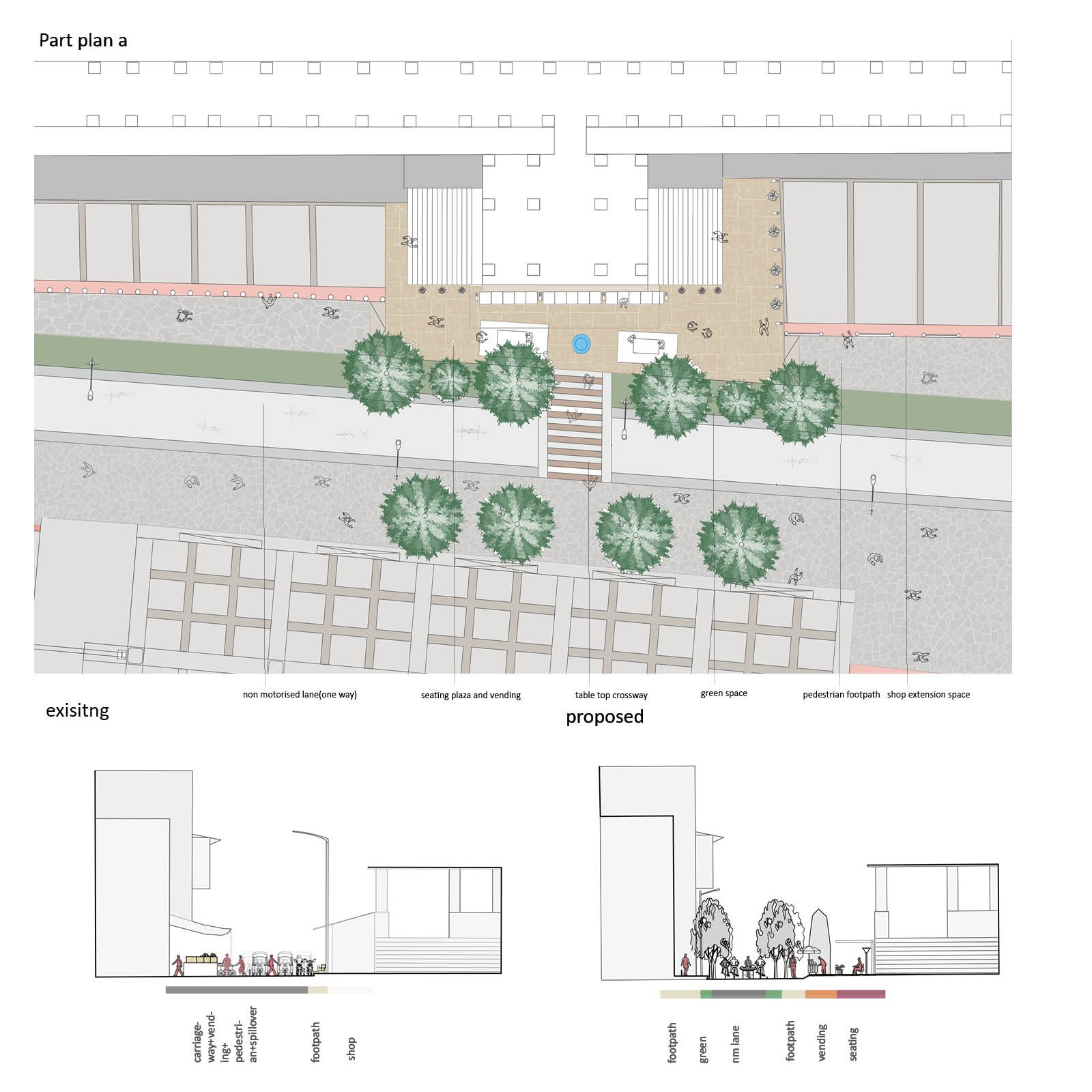Your browser is out-of-date!
For a richer surfing experience on our website, please update your browser. Update my browser now!
For a richer surfing experience on our website, please update your browser. Update my browser now!
The project aims in identifying and categorizing residual spaces within urban areas, transforming these underutilized zones into well-defined, functional spaces for both vendors and pedestrians. While urban designers may look at these areas as neglected, for vendors, they represent essential parts of their daily routines. The objective is not to interfere with the vendors' established use of these spaces, but to rather enhance the overall spatial condition by creating boundaries and organized zones. This will help improve pedestrian movement, provide a more structured environment for vendors, and ensure a balanced coexistence between commerce and public space.








